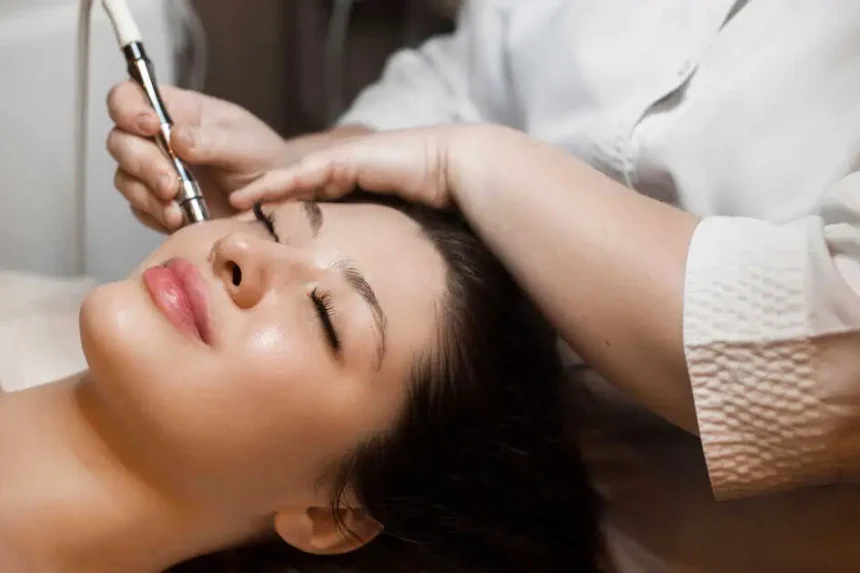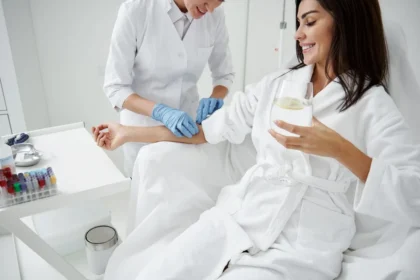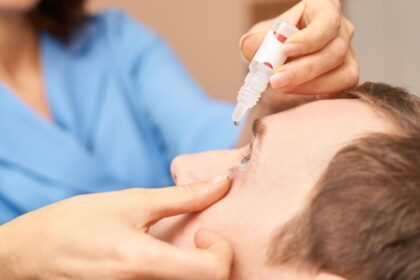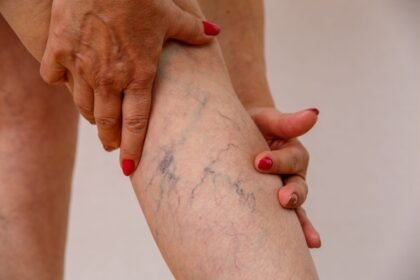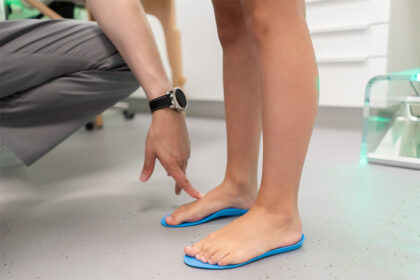Microneedling has gained recognition as an effective standalone treatment for skin rejuvenation. This minimally invasive procedure creates controlled micro-injuries in the skin, stimulating natural collagen production and cellular renewal. Many practitioners now combine microneedling with complementary treatments to amplify results and address multiple skin concerns simultaneously. Understanding the science behind these combinations helps patients make informed decisions about their skincare treatments.
Applying Professional-grade Serums
The micro-channels created during microneedling provide an optimal pathway for active ingredients to penetrate deeper skin layers. Professional-grade serums containing hyaluronic acid, vitamin C, or peptides are applied immediately following the procedure when the channels remain open. Growth factor serums represent one of the most popular combination approaches. When applied post-microneedling, growth factors can reach target cells more effectively than through intact skin barriers.
Hyaluronic acid serums offer immediate hydration benefits while supporting the healing process. The molecular structure of professional-grade hyaluronic acid allows it to bind significant amounts of water, promoting a plumper, more hydrated skin appearance. Platelet-rich plasma (PRP) therapy combined with microneedling creates what practitioners often call the “vampire facial.” This approach uses the patient’s own blood components. The PRP is then applied to the treated skin, potentially accelerating tissue repair and collagen synthesis.
Utilizing Radiofrequency Treatments
Radiofrequency microneedling represents an advanced combination technique that delivers controlled thermal energy through the microneedles into deeper skin layers. This dual approach stimulates collagen production through both mechanical injury and thermal heating. The radiofrequency component can target specific depths within the dermis, allowing practitioners to customize treatments based on individual skin conditions.
Fractional laser treatments may be combined with microneedling in staged approaches, typically performed weeks apart. This combination addresses different aspects of skin aging and damage through complementary mechanisms. The laser component targets pigmentation and surface irregularities, while microneedling focuses on texture and collagen stimulation.
LED light therapy can be incorporated immediately following microneedling sessions. Different wavelengths of LED light may support cellular healing processes and reduce inflammation. Red light wavelengths are commonly used for their potential anti-inflammatory properties, while blue light targets acne-causing bacteria when treating combination concerns.
Exploring Chemical Peels
Chemical peels combined with microneedling require careful timing and professional expertise. Light chemical peels using alpha-hydroxy acids or beta-hydroxy acids may be performed weeks before or after microneedling sessions. This combination can address surface-level concerns like mild hyperpigmentation while the microneedling targets deeper structural improvements.
The timing between treatments depends on individual skin sensitivity, the depth of both treatments, and the specific acids used. Professional assessment determines the appropriate intervals to prevent over-treatment and support optimal healing. Some practitioners incorporate enzyme peels as gentler alternatives to traditional chemical exfoliation. These protein-based treatments can complement microneedling by removing surface debris and preparing the skin for better product penetration.
Learn More About Microneedling
Combining microneedling with other treatments requires professional guidance to achieve safe, effective outcomes. Each combination approach targets different aspects of skin health and aging, allowing for comprehensive treatment plans tailored to individual needs. The success of combination treatments depends on proper timing, appropriate candidate selection, and adherence to post-treatment care protocols. Professional consultation will help determine which combinations align with specific skin goals and medical histories.


